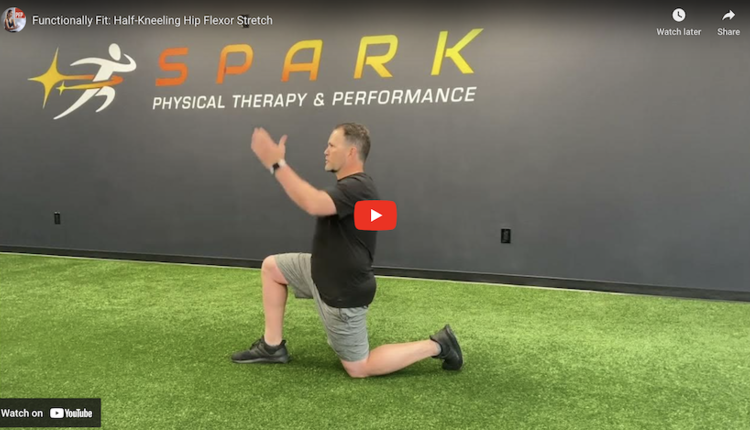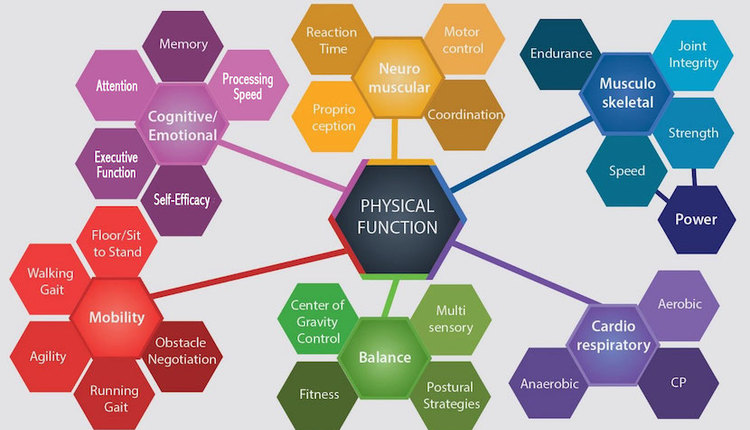Editor's note: This article is the first in a series that outlines steps and key concepts for the trainer who has the desire to tackle the youth obesity epidemic.
Youth obesity has become the epidemic of note throughout society. Countless governmental bodies, independent organizations and mainstream media outlets are constantly revealing statistics and projections related to this problem. According to several sources, the youth overweight/obesity numbers exceed 30% of people under the age of 18 in the United States and are expected to rise towards the 50% marker by 2010.
The numbers and trends within the United States echo what is happening on a larger scale worldwide. Other nations such as Australia and Canada have reported increases in youth obesity as high as 10-20% in certain age demographics over the past decade.
While this topic remains a tragic one and in certain need of attention, there seems to be much in the way of discussing the problem and very little in terms of what truly needs to be done.
A Comprehensive Solution
We need an action plan that will assist kids and families in ridding themselves of the burden that has virtually crippled our youngest generation and even lead to a vernacular shift in medical terminology. Type 2 diabetes, for example, used to be referred to as 'adult-onset diabetes' until it became a common illness diagnosed in thousands of children due to their overweight concerns.
More importantly, we must peel back the layers and ascertain what the true cause for concern is: Is obesity really the problem, or is it the symptom of a greater matter? When you become ill with a cold, do you ever treat the sneeze?
Probably not. I imagine that you have never gone to your doctor when ill and informed them that you have been sneezing and, therefore, require some kind of 'anti-sneeze' medication. You recognize that sneezing is a bodily response to an infection and results because of mucus buildup. In that, the infection is the core problem and root of the concern.
The same can be said for youth obesity. The obesity factor is nothing more than a bodily response to an inappropriate lifestyle devoid of activity. So obesity is not the problem — inactivity is.
And while this perspective change may seem insignificant, I can assure you that to truly find success when working with clients, your number one goal must be to find the core root of the problem. Moreover, contemporary youth fitness programs are widely considered unsuccessful because of their lack of attention towards the actual problem and creating its corresponding solution.
I say that because we have an industry obsession with attacking the superficial realities. When our clients ask for weight loss, we place them on calorie-restrictive diets and put them through the torturous demands of an intensity-filled training routine. When that weight loss is required in a time-expedient way, we go to extreme measures and create boot camps based around enacting military-style workouts that serve to 'shed the pounds' all that much quicker.
But what we are missing is that these interventions serve to attack the superficial nature of the quandary. They are trying to fix the sneeze. By not addressing the mental, emotional and lifestyle realities that brought our clients to this place to begin with, we are almost guaranteeing that they will 'fall off the wagon' and eventually revert back to the lifestyle actions that brought us to them in the first place.
This is a tragic revolving-door scenario with adults. It is virtual child abuse with kids.
The Fun Factor
Boot camps, fat camps and surgical interventions, irrespective of how successful they may appear in the short-term, do absolutely nothing to attack the problem. Kids are too inactive on a daily basis. Increase daily activity, and you will have solved the problem from its core in one fell swoop.
In order to make that happen, you must create daily fitness activities that are both developmentally sound and fun for kids — fun and developmentally sound being operative points in this equation. Children are not little adults, and the exercise requirements they have are vastly different than those of fully grown adults.
The fun factor is something that we simply must embrace. Children are not naïve, nor are they mentally incapable of understanding what they enjoy. When kids have fun, they want to do it again. It can't get more basic or plain-spoken than that.
Things to Remember
- Ensuring that your youth fitness program is profitable is not a matter of getting results quickly for your young clients; it's about helping make activity fun for them and allowing a 'become active daily' process to occur naturally over time. Your revenue dollars will come flowing in once your local community sees how much fun the kids in your program are having and how much they are benefiting from your slower, yet consistent, path to success.
- Keep kids off of strength and cardiovascular training equipment. A developing human being requires free movement-based stimulus in order to build proper bodily function. Machines are far too restrictive in the aspect of free movement to have full benefit related to kids.
- Avoid 'personal training' with children. The social interaction of fitness is of equal value to kids as is the exercise itself.
- Don't over-coach for perfect form. Outline an exercise or drill, and then let the kids play. Have fun, and allow their bodies to understand the concepts of the movement. This is imperative for proper development.
- In terms of exercise selection, don't over-think the matter. Create games and drills around five basic headings: Run, Jump, Throw, Crawl and Climb.
If your training programs involve these basic movements, you can be assured that the exercises are developmentally sound and evoking the necessary responses through the nervous system of a growing organism.
Brian Grasso is the Founder and CEO of the International Youth Conditioning Association. Become a certified Youth Fitness Specialist or learn about the specific aspects of training children, youths and teens for free by visiting www.IYCA.org.

















